Overview of Cardinal Bird Feeders
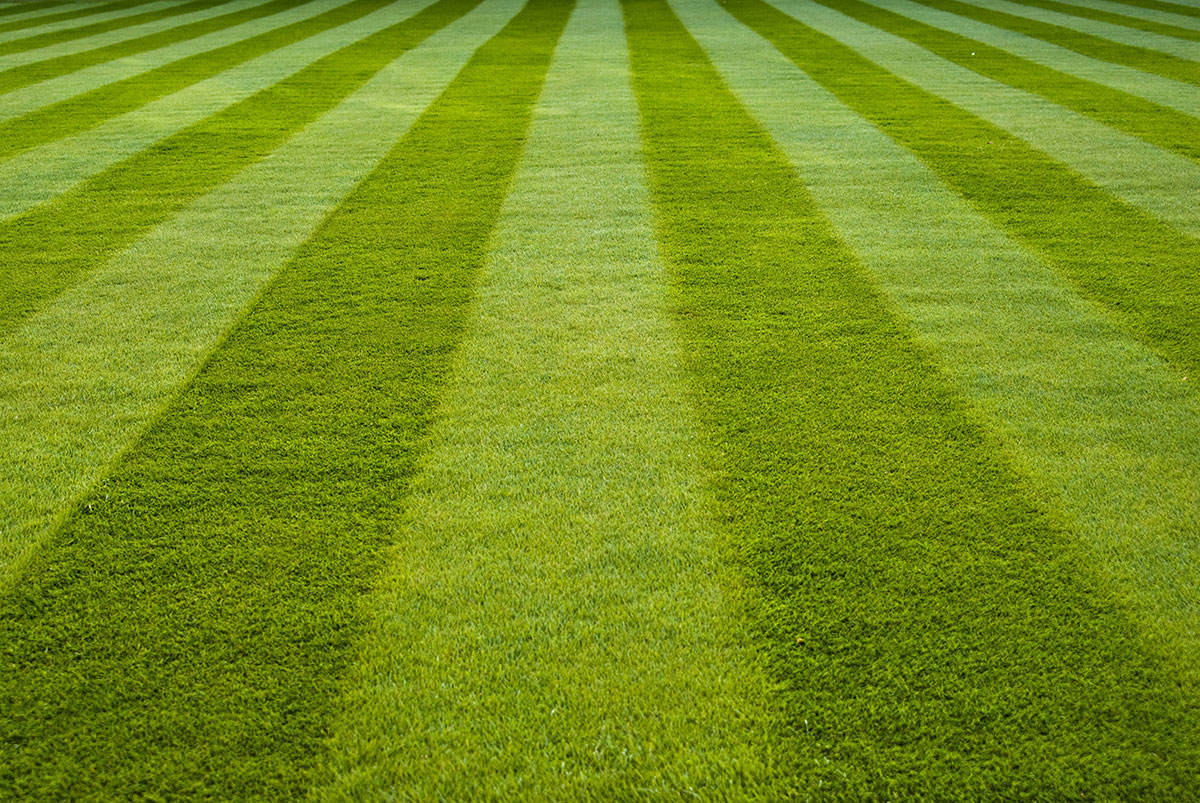
Cardinal bird feeders are essential for attracting and nourishing these vibrant backyard birds. With their striking red plumage, melodious songs, and year-round presence, cardinals have become a favorite among bird enthusiasts. By understanding cardinal feeder preferences and selecting the right one, you can create an inviting space for these beautiful creatures to thrive.
Cardinals, also known as Northern Cardinals (Cardinalis cardinalis), are native to North America and adapt well to suburban and urban environments, making them a delightful addition to backyard birdwatching.
Bird feeders provide an excellent opportunity to observe and support cardinals, especially during harsh weather or when natural food sources are limited. By offering a reliable food source, you can attract these birds year-round, enhancing your birdwatching experience.
Understanding Cardinal Feeder Preferences
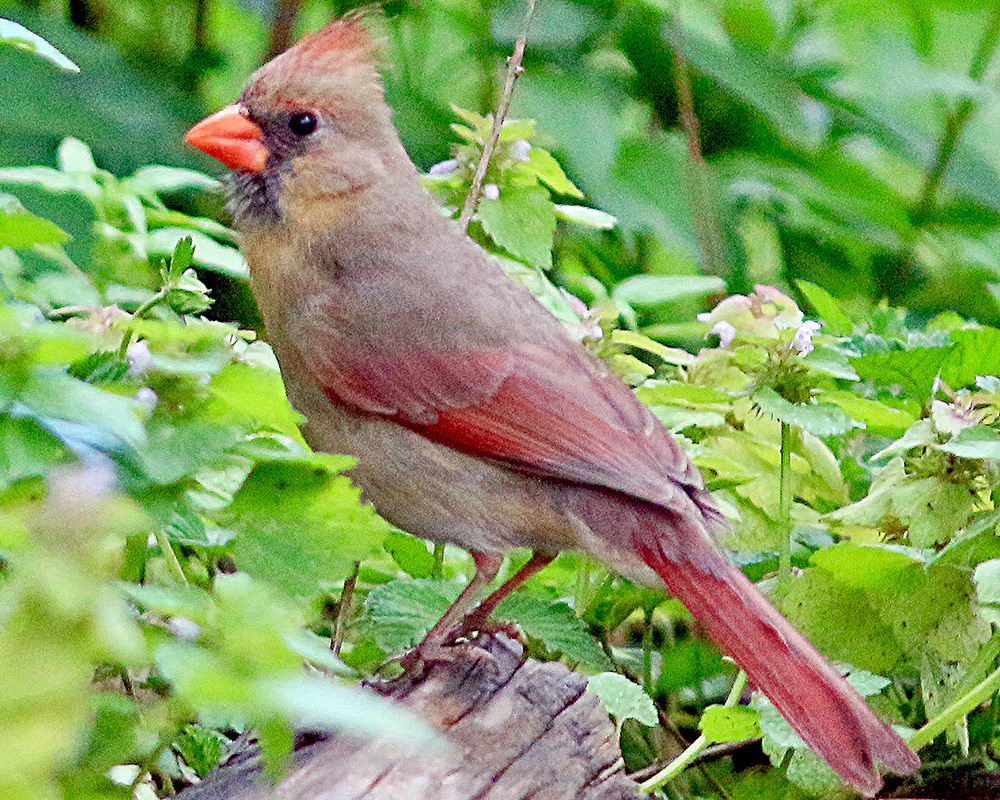
To attract cardinals, it’s important to understand their specific preferences when it comes to bird feeders.
Platform Feeders: A Cardinal’s Perch of Choice
Cardinals favor platform feeders or tray feeders, which provide a large flat surface area for them to comfortably perch while feeding. Opt for a feeder with dimensions of at least 12 inches by 12 inches to accommodate their activities.
Optimal Feeder Height for Cardinals
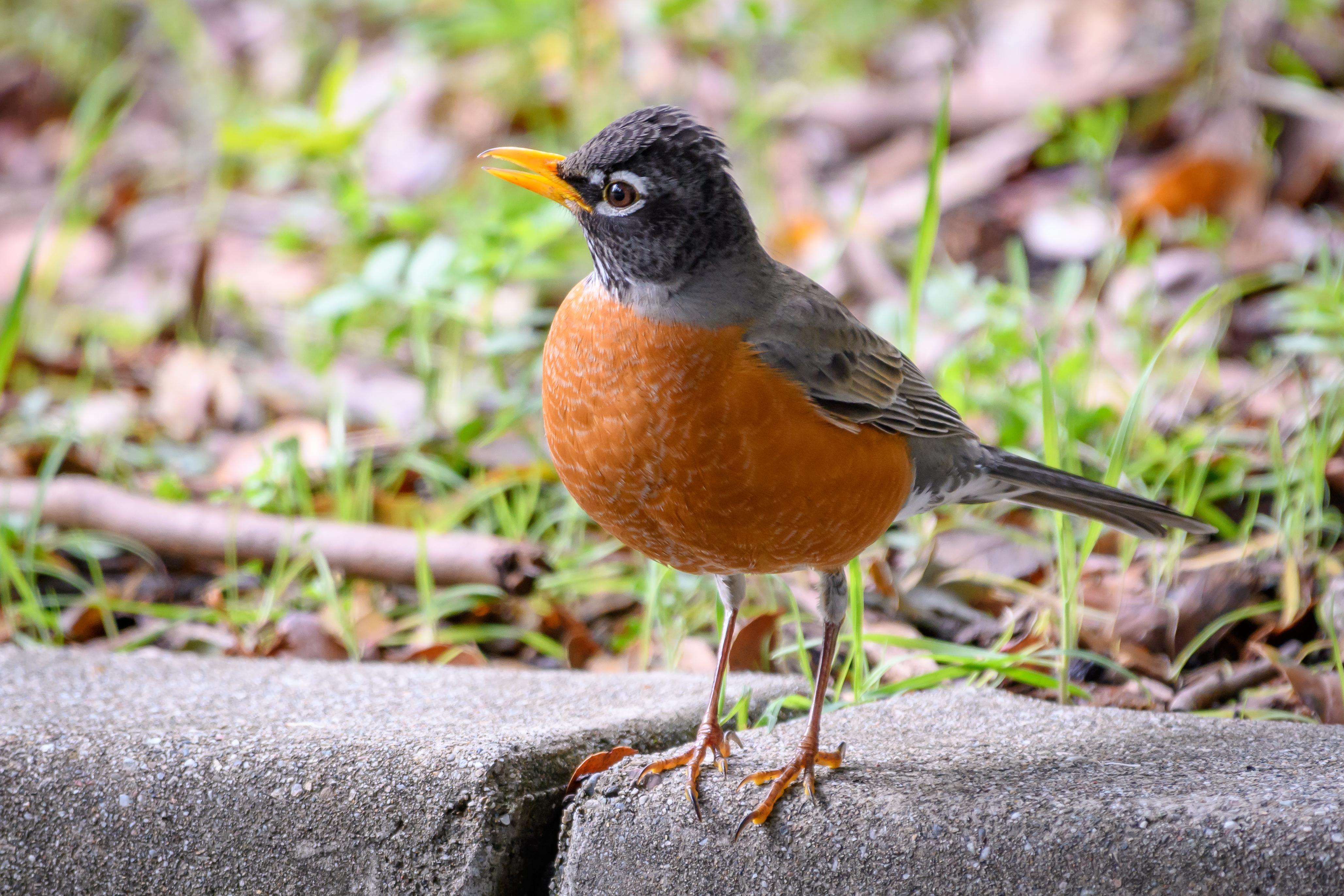
Position the feeder around 4 to 5 feet off the ground to provide cardinals with a safe and convenient feeding spot, out of reach from potential ground predators.
Ground-Level Feeding Options
Include a feeder with a seed tray close to the ground to attract cardinals by allowing them to pick up fallen seeds and shells, mimicking their natural foraging habits.
Cardinal’s Culinary Preferences
Cardinals have a particular taste for sunflower seeds, safflower seeds, and cracked corn. Consider offering a mixture of both sunflower and safflower seeds to attract a wider variety of birds.
Protection Against Pests
Choose a cardinal feeder that offers protection against squirrels and other pests. Look for feeders with squirrel-resistant features, such as adjustable baffles or weight-activated mechanisms.
Factors to Consider When Choosing a Cardinal Feeder

When selecting a feeder for cardinals, consider the following factors:
1. Size and Design
Choose a feeder that provides ample space for cardinals to perch comfortably. Opt for an open tray or platform design rather than narrow tubes or small perches.
2. Material and Durability
Select a feeder made from durable materials like metal or high-quality plastic to withstand outdoor conditions.
3. Seed Capacity
Choose a feeder with a larger seed capacity to minimize the need for frequent refilling. Look for adjustable seed ports or trays for controlled seed dispensing.
4. Squirrel and Pest Resistance
Prevent squirrels and pests from accessing the seed meant for cardinals by selecting feeders with built-in squirrel guards or baffles. Consider weight-activated mechanisms that deter larger animals or pests.
5. Ease of Cleaning and Maintenance
Choose a feeder that is easy to disassemble and clean. Look for removable parts or accessible compartments for convenient washing and sanitizing.
By considering these factors when choosing a cardinal feeder, you can create an inviting and suitable feeding station for these vibrant backyard birds.
Types of Cardinal Feeders

Attracting cardinals to your backyard requires the right bird feeders. Here are the most common types:
1. Platform Feeders
Platform feeders are spacious and ideal for cardinals. They offer ample room for perching and comfortable feeding. Look for adjustable roofs to protect the seeds from rain and snow. Platform feeders also attract ground-feeding birds like juncos and sparrows.
2. Hopper Feeders
Cardinals also enjoy hopper feeders. These feeders have multiple ports and release seeds as birds consume them. Look for larger openings and perches to accommodate the cardinal’s size. Hopper feeders keep the birdseed dry and protected.
3. Tube Feeders
While commonly used for smaller birds, tube feeders can attract cardinals too. Opt for larger ports and perches to accommodate their size. Cardinals may prefer tube feeders with a built-in tray or platform at the base for extra perching space. Note that tube feeders require more frequent refilling.
4. Suet Feeders
Cardinals love suet, especially during winter. Suet feeders hold blocks or cakes made from animal fat, seeds, and nuts. Look for sturdy perches or cages that support the weight of cardinals. Some suet feeders offer tail props for comfortable feeding.
5. Window Feeders
For a unique experience, try window feeders. Attach them outside your window for close-up views of cardinals. Opt for feeders with a clear line of sight and position them near trees or shrubs for added cover.
When choosing a cardinal feeder, consider their needs and preferences. Offering a variety of feeder types creates an inviting and diverse feeding environment that attracts cardinals and enhances your bird-watching experience.
Top 5 Cardinal Feeders
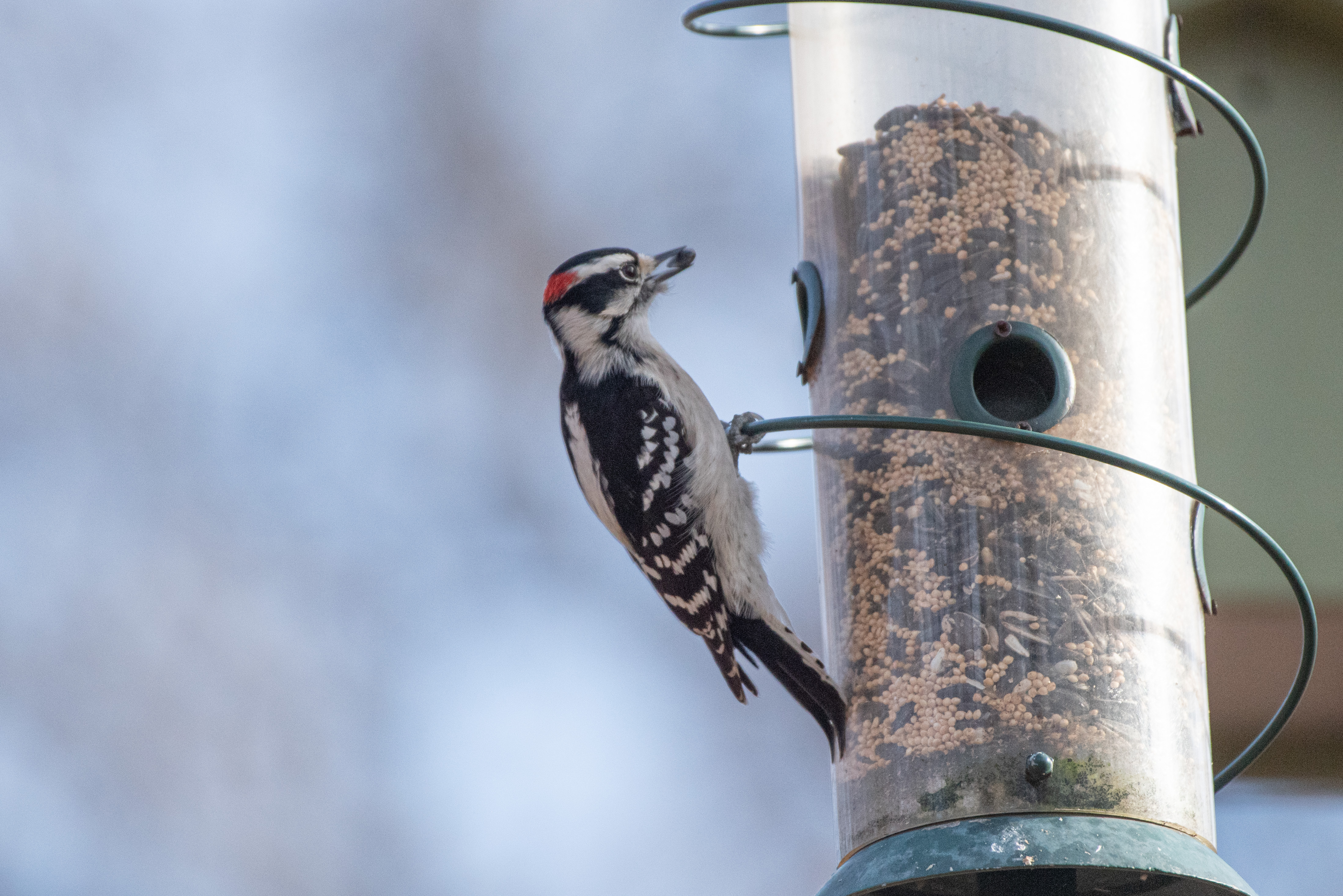
To attract cardinals, here are the top five highly effective feeders:
1. Hopper Feeders
Hopper feeders with large compartments hold a significant amount of birdseed. Look for ample perching space and adjustable perches to accommodate cardinals’ feeding preferences. Monitor seed levels easily with hopper feeders.
2. Platform Feeders
Platform feeders are excellent for ground-feeding cardinals. They feature a flat, open design for easy access to food. Look for raised edges to prevent seed spillage and add a roof or cover for protection in inclement weather.
3. Tray Feeders
Tray feeders provide a large, open feeding area. They accommodate various types of birdseed and prevent water accumulation with drainage holes. Consider adding a mesh or barrier to deter larger birds.
4. Tube Feeders with Large Ports
While not their first choice, tube feeders can still attract cardinals. Look for large ports or openings that accommodate their bills. Avoid feeders with hindering perches or ledges. Offer sunflower chips or safflower seeds to entice cardinals.
5. Squirrel-Proof Feeders
Prevent squirrel competition with squirrel-proof feeders. These feeders have mechanisms like weight-activated perches or cages. They keep squirrels away while allowing cardinals to feed undisturbed.
Choose one of these top five cardinal feeders to attract vibrant birds to your yard and create a welcoming feeding station.
In the next section, we will discuss the essential criteria to look for in a quality cardinal feeder.
Criteria for Choosing a Quality Cardinal Feeder

When selecting a cardinal feeder, consider the following criteria to ensure you choose a high-quality option that meets the specific needs of these beautiful birds:
Size and Design
Cardinals are larger birds, so look for feeders with ample space, larger perches, and feeding ports that provide easy access to food. A spacious design allows cardinals to feed comfortably without feeling cramped.
Durability and Construction
Opt for feeders made of durable materials like metal or sturdy plastic to withstand the active feeding behavior of cardinals and ensure longevity.
Roof or Cover
Cardinals prefer feeders with a roof or cover to protect them and the food from rain, snow, and excessive sunlight. Look for feeders with a weather-resistant roof or built-in cover.
Seed Capacity
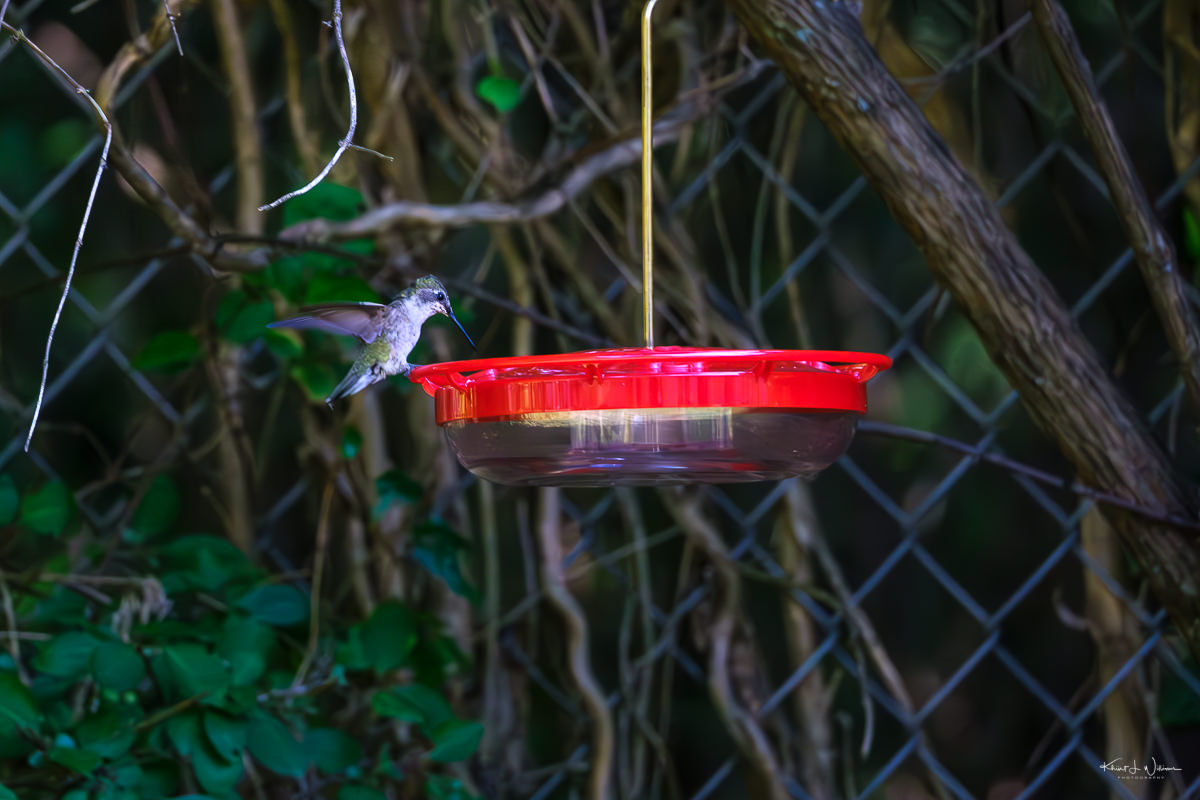
Choose feeders that can hold at least 1-2 pounds of seeds to accommodate the frequent visits of cardinals and minimize the need for daily refills.
Seed Tray
![]()
Cardinals prefer platform-style feeders with a large, flat tray. Ensure the tray is spacious enough to accommodate multiple birds simultaneously, with drainage holes to keep the seeds dry.
Ease of Cleaning
Look for feeders that are easy to disassemble and clean, with removable parts and easy access to all areas.
Squirrel-Proofing Features
Consider feeders with squirrel-proofing features such as squirrel guards, weight-activated mechanisms, or baffles to deter squirrels and ensure undisturbed feeding for cardinals.
By considering these criteria, you can select a high-quality cardinal feeder that caters to the specific needs and preferences of these stunning birds.
Tips for Setting Up a Cardinal Feeder
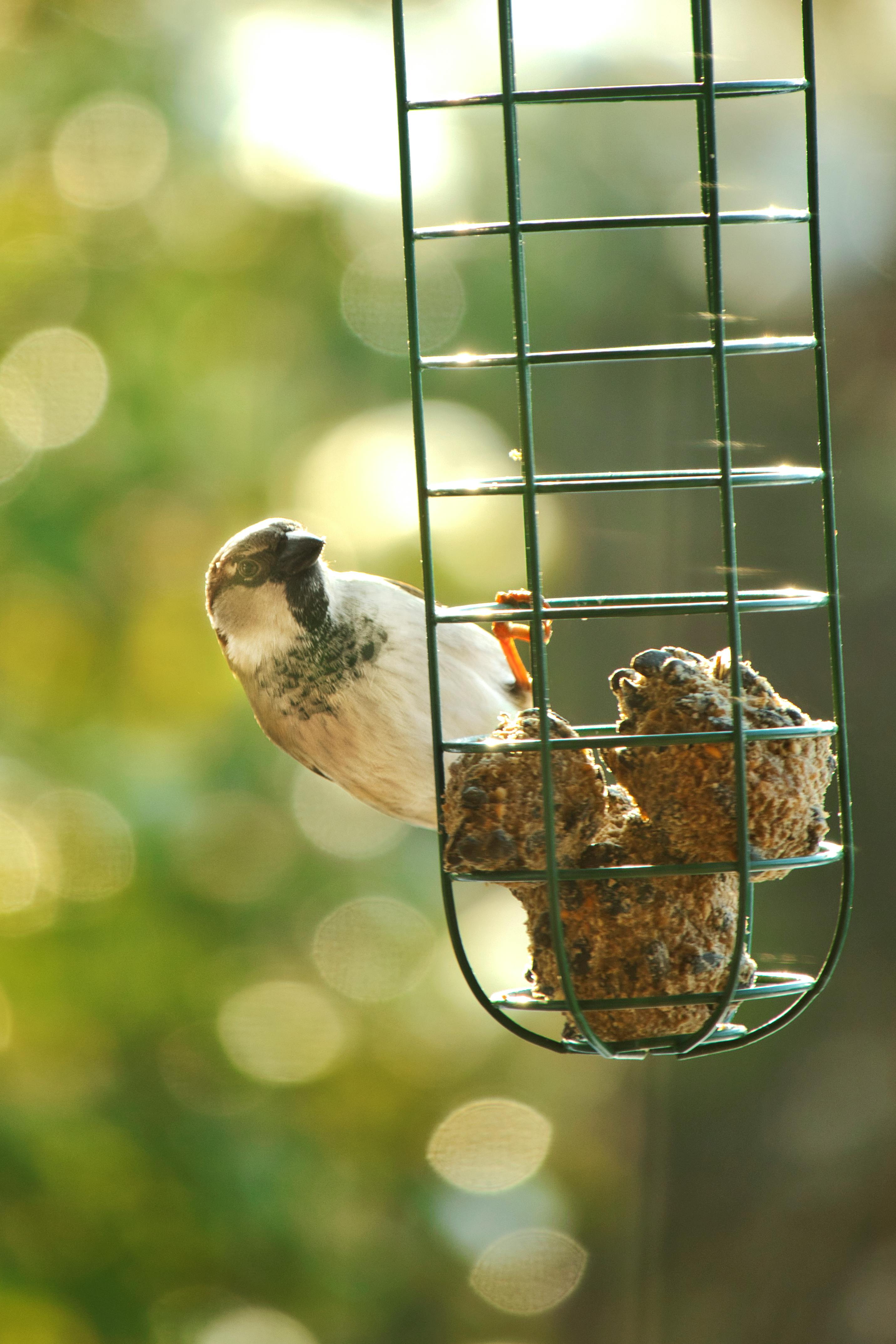
Follow these tips to create an inviting and safe feeding environment for cardinals:
Choose the Right Location
Find an open area in your yard that offers a clear line of sight for the birds. Avoid placing the feeder near dense shrubs or trees where predators may hide.
Provide a Sturdy and Secure Mounting
Ensure your cardinal feeder is securely mounted to prevent swinging or falling when birds land on it. Choose a sturdy pole or bracket that can handle the size and weight of cardinals.
Keep it Clean
Regularly clean your cardinal feeder to maintain a hygienic feeding environment. Remove leftover seeds, debris, or droppings on a weekly basis. Clean the feeder with warm water and mild soap, rinsing thoroughly before refilling.
Offer Fresh and Diverse Food
Provide a mixture of sunflower seeds, safflower seeds, and cracked corn to attract cardinals. Avoid using old or moldy seeds and regularly replace the food to ensure freshness.
Provide Fresh Water
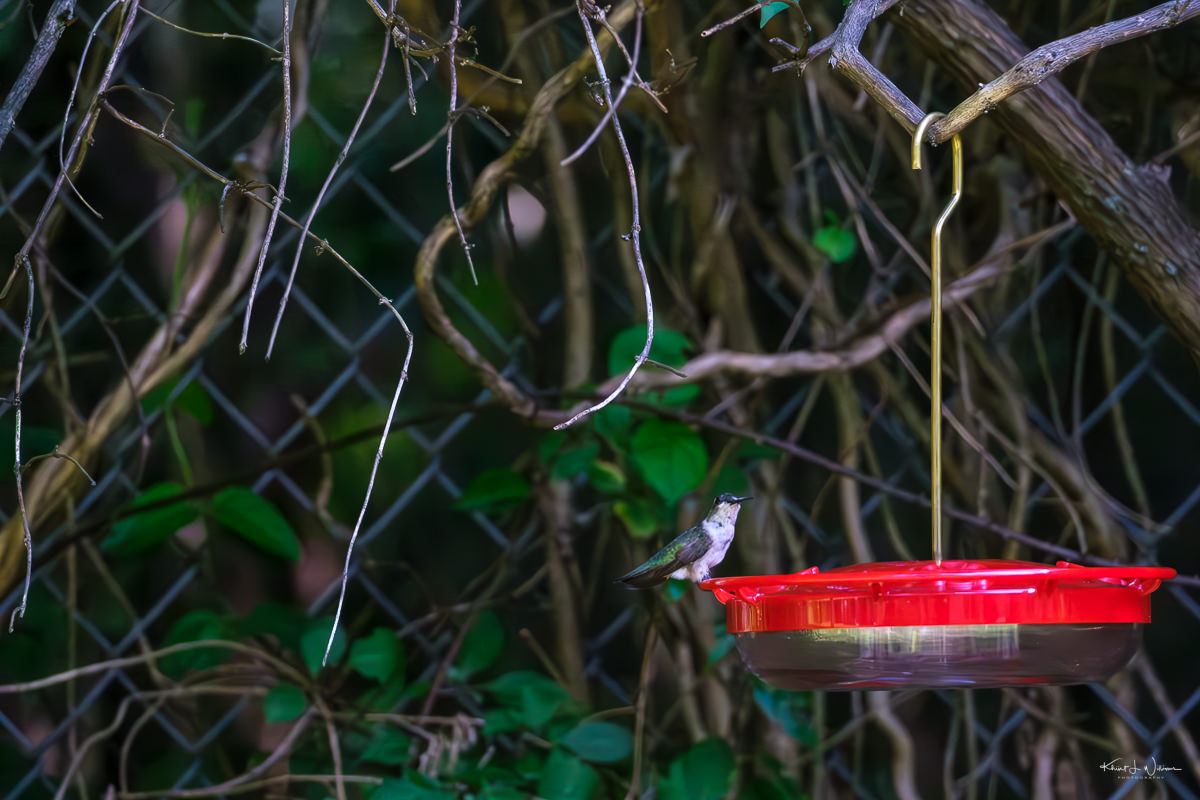
Place a shallow birdbath or water feature near the feeder to provide cardinals with a source of fresh water for drinking and bathing. Keep the water clean and change it regularly.
Be Patient
Attracting cardinals to your feeder may take time. Be patient and consistent with providing food and maintaining the feeder. Eventually, the cardinals will recognize your offering and become regular visitors.
By following these tips, you can create an inviting and safe feeding station for cardinals in your yard and enjoy the beauty of these magnificent birds.
Conclusion


Setting up a cardinal feeder requires careful consideration of the birds’ preferences and needs. Understand their feeding habits, provide a suitable feeder, and create an inviting environment to attract cardinals to your yard. Implement the tips outlined in this article to enjoy the presence of these stunning birds and create a rewarding bird-watching experience. Remember to be patient, maintain cleanliness, and offer a diverse and fresh food supply to ensure the cardinals’ continued visits to your feeder. Happy birding!
Conclusion
Cardinal bird feeders are essential for attracting and accommodating these beautiful backyard birds. To create an inviting feeding station that meets their needs, it’s crucial to understand their preferences. Consider feeder size, food variety, and predator protection to enhance the bird-watching experience and contribute to the well-being of cardinals in your yard.
Choosing the right cardinal feeder requires careful evaluation. Look at platform feeders, hopper feeders, and tube feeders to find one that suits your specific requirements. Ensure ample space for cardinals to perch and access food comfortably. Opt for models with adjustable perches to accommodate their unique beak shape.
Prioritize durability and ease of maintenance when selecting a cardinal feeder. Sturdy materials withstand outdoor elements and potential squirrel interference. Easy-to-clean feeders are crucial for maintaining bird health and safety by preventing mold and bacteria buildup.
Strategically place the feeder in a quiet area near shrubs or trees. Cardinals prefer semi-covered spots for protection and nesting. Keep the feeder at a safe distance from windows to prevent bird collisions. Offer a variety of cardinal-friendly foods, such as sunflower seeds, safflower seeds, and cracked corn, to cater to their dietary preferences.
By understanding and catering to cardinal feeder preferences, you create an attractive feeding station that supports their well-being. Experiment with different feeders and strategies to find the best fit for your yard and cardinal population. Remember to consistently clean and maintain the feeder for bird health and safety.
Appreciate the beauty and splendor of cardinals in your backyard while recognizing their vital role in the ecosystem. Providing a suitable cardinal feeder contributes to the conservation of these vibrant birds and fosters a deeper connection with nature. Enjoy the wonders of bird-watching and the joy that cardinals bring to your outdoor space.
Frequently Asked Questions
1. What is the best bird feeder for cardinals?
The best bird feeder for cardinals is a platform feeder or tray feeder that provides a large, flat surface area for them to comfortably perch while feeding. Look for feeders with dimensions of at least 12 inches by 12 inches to accommodate their activities.
2. What type of seeds do cardinals prefer?
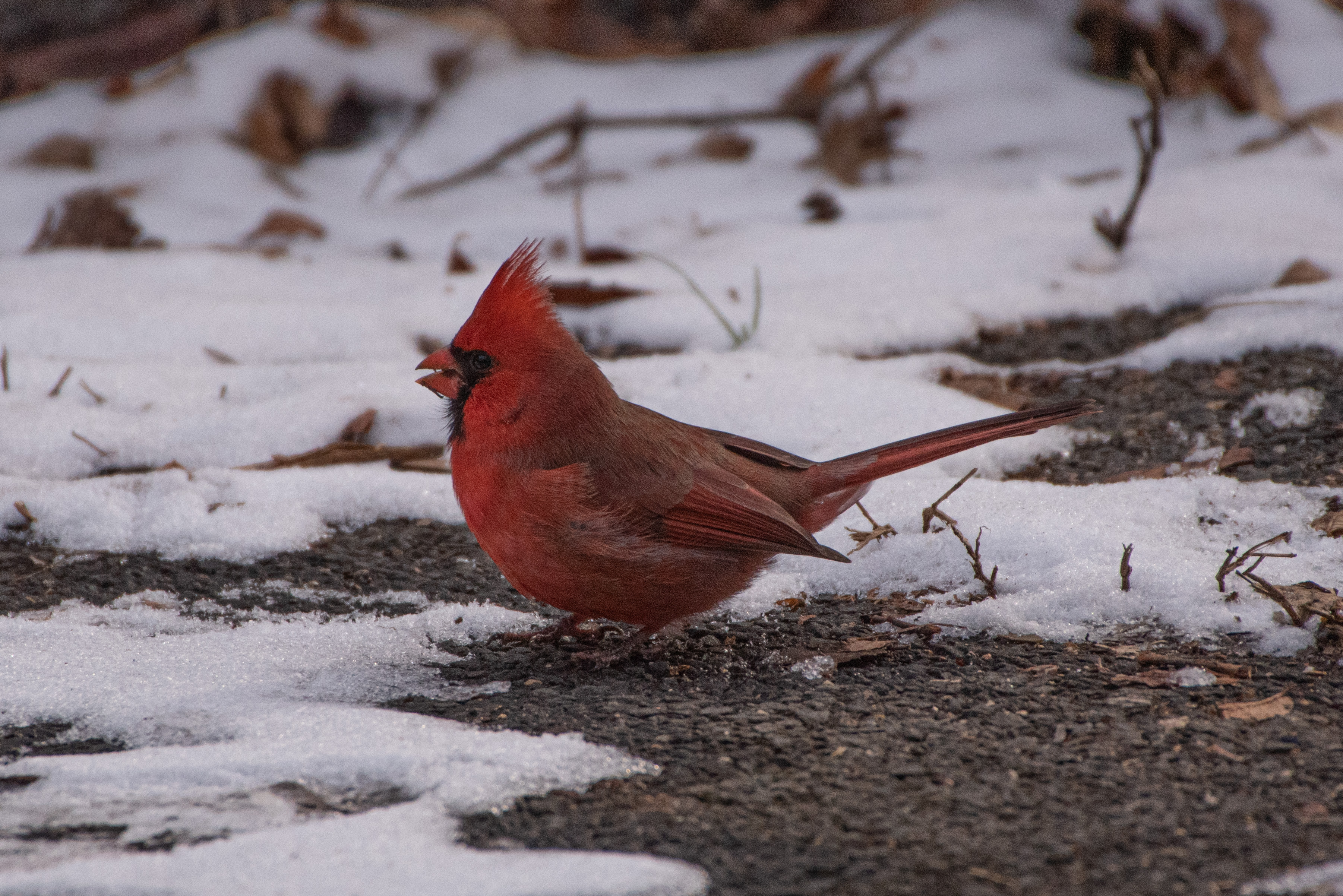
Cardinals have a particular taste for sunflower seeds, safflower seeds, and cracked corn. Consider offering a mixture of both sunflower and safflower seeds to attract a wider variety of birds.
3. How do I protect the bird feeder from squirrels?
To protect the bird feeder from squirrels, choose a feeder with squirrel-resistant features such as adjustable baffles or weight-activated mechanisms. These features help deter squirrels and other pests from accessing the seed meant for cardinals.
4. How do I clean and maintain a cardinal feeder?
To clean and maintain a cardinal feeder, disassemble it regularly and remove any leftover seeds, debris, or droppings. Clean the feeder with warm water and mild soap, rinsing thoroughly before refilling. Look for feeders with removable parts or accessible compartments for convenient washing and sanitizing.
5. Where should I place the cardinal feeder in my yard?
Place the cardinal feeder in an open area of your yard that offers a clear line of sight for the birds. Avoid placing the feeder near dense shrubs or trees where predators may hide. Cardinals prefer semi-covered spots, so consider positioning the feeder near shrubs or trees for added protection and nesting opportunities.

Leave a Reply